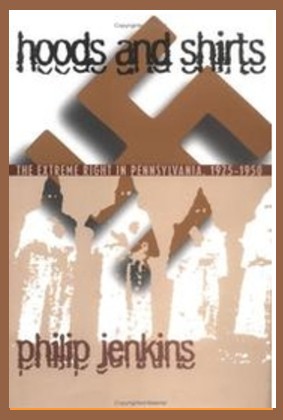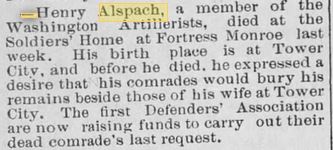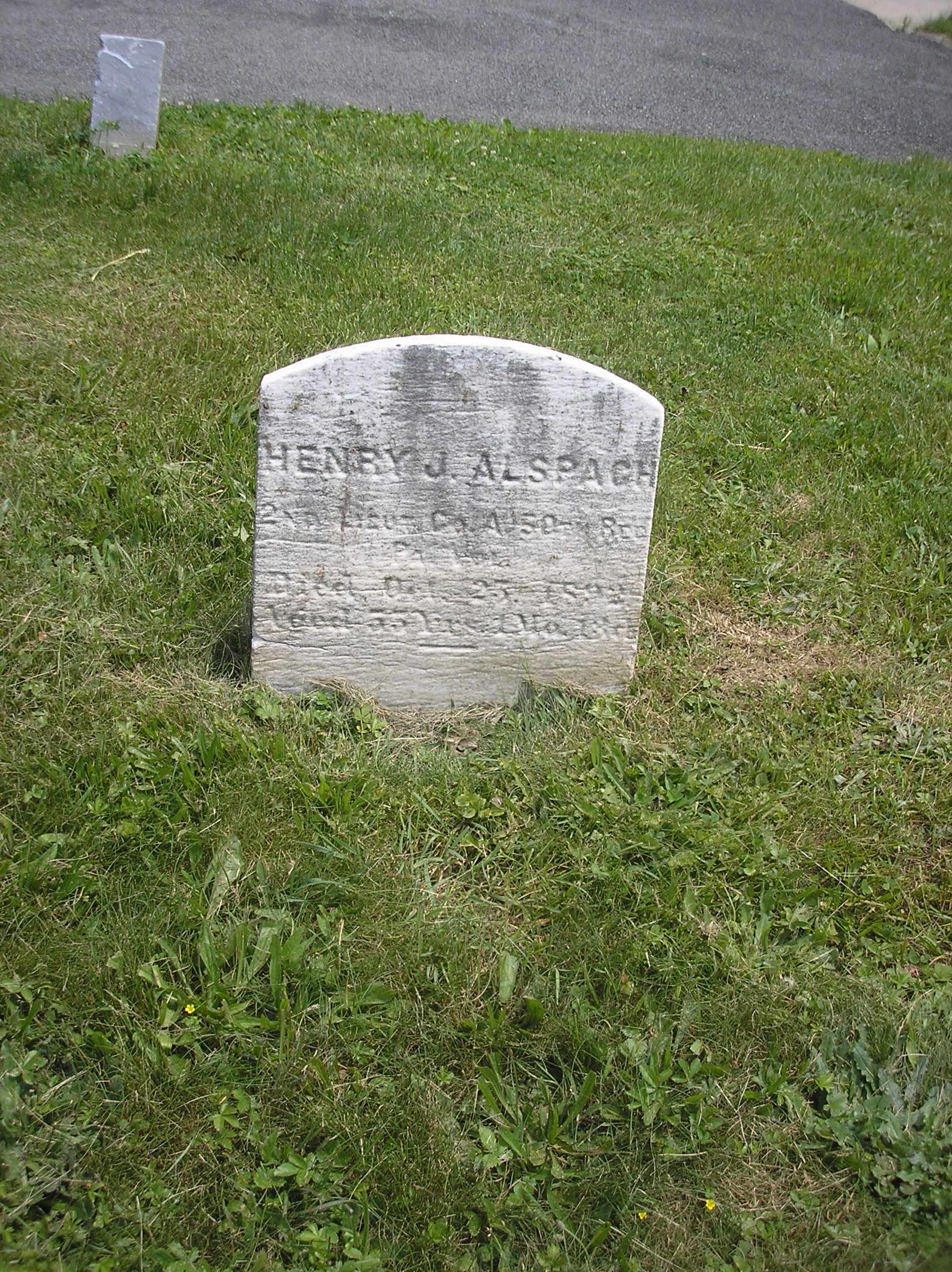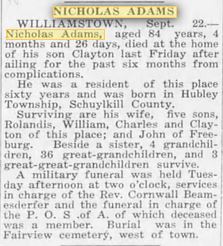Posted By Norman Gasbarro on June 11, 2018

This post will identify and review two additional, readily-available print sources of information on the Ku Klan Klan in Pennsylvania in the 20th Century. This 20th Century iteration of the Klan was a re-incarnation of the first Klan that came about after the Civil War to deny rights to Freedmen by using terror and intimidation. Previously on this blog, a post entitled The Ku Klux Klan in Pennsylvania – Some Sources of Information was presented.
This post is a continuation of the reporting on hate groups that were active in the Lykens Valley area in the years following the Civil War. It was a widely known fact that the third iteration of the Ku Klux Klan had a significant presence in the Lykens Valley and adjacent valleys during the early years of the 20th Century. This iteration of the Klan was strongly white supremacist and was opposed to equal rights for African Americans, Catholics, Jews, and immigrants.
The two resources presented here are both by Philip Jenkins, professor of history and religious studies at Pennsylvania State University.
____________________________________
The first is an article that article that appeared in Pennsylvania History in Winter 1995: “It Can’t Happen Here”: Facism and Right-Wing Extremism in Pennsylvania, 1933-1942
It is available as a free download by clicking on the title.
____________________________________
Following his theme in the article of Winter 1995, Jenkins wrote and published Hoods and Shirts: The Extreme Right in Pennsylvania, 1925-1950 (University of North Carolina Press, 1997). [A photograph of the dust jacket is at the top of this post.] While most of the book deals with the right-wing hate groups that emerged in the period that followed the heyday of Ku Klux Klan in Pennsylvania, Chapter 3 deals specifically with the Klan and its activities from 1922 to 1935. For those studying the reasons for the growth and decline of the Klan in the Lykens Valley area, specific, helpful statements are made in this chapter.
Jenkins used the Klan Archives, which are housed in Harrisburg, as a major resource for his study of Klan activities in Pennsylvania. The records housed in the archives contain official Klan information all of which was stolen by unknown persons from the home of a Klan leader and eventually turned over the the Pennsylvania State Police for intelligence and counter-subversion activities. The records contain the names of leaders and members of the Klan throughout Pennsylvania. Today, these archives are available for research by the public.
The Klan in the Lykens Valley had its heyday between 1923 and 1927 and thereafter declined in membership. The reasons for the decline are explored by Jenkins in the other chapters where he discusses the emergence of pro-Nazi sympathizers and right-wing Christian groups that formed as the Klan began to decline. While the same people who were attracted to the Klan seemed to gravitate toward these other hate groups, it is difficult to determine the extent of their popularity. The Klan declined primarily because its membership and activities were under siege by Federal and State law enforcement, so it is hard to find newspaper evidence of the numbers of people who were involved. Without providing much supporting evidence, Jenkins does suggest that the same people who were attracted to the Klan were attracted to these other hate groups – particularly many persons of German origin, of which there were significant numbers in the Lykens Valley area.
Evidence of major Klan activities in the Lykens Valley area has been previously presented on this blog, including the large demonstration which was held at the Gratz Fairgrounds which drew over 5000 people. The major reason we know about these activities is that they were reported in the local newspapers. After 1927, it is difficult to find references in the newspapers to other right-wing hate groups, particularly as related to their membership and activities in the Lykens Valley area.
Chapter 1 of Hoods and Shirts is good place to start in identifying the people and groups that were part of the extreme right in Pennsylvania. A list can be made from the chapter and searches can be made in local newspapers to see if any of the people or groups were active in the Lykens Valley area – or if there was any support given by businesses in the area to those who wished to attend meetings or rallies in other communities. One example of the kind of support, previously reported here, was the special excursion rates given by the Pennsylvania Railroad to attendees at national or state Klan meetings. See: Pennsylvania Railroad Offers Excursion from Lykens to K.K.K. Rally in Washington, 1926.
In summary, much research still needs to be done to determine the extent of the influence of the extremist groups and the effect they have had on areas such as the Lykens Valley. Hoods and Shirts is a good start toward that end.
Category: Resources |
Comments Off on The Ku Klux Klan in Pennsylvania – More Sources of Information
Tags: Hate
 ;
;






